How I got my non-cyclist friend hooked on riding bikes — and how you can, too
With a little bit of gentle guidance, “bikes aren’t my thing” can turn into “when’s our next ride?”
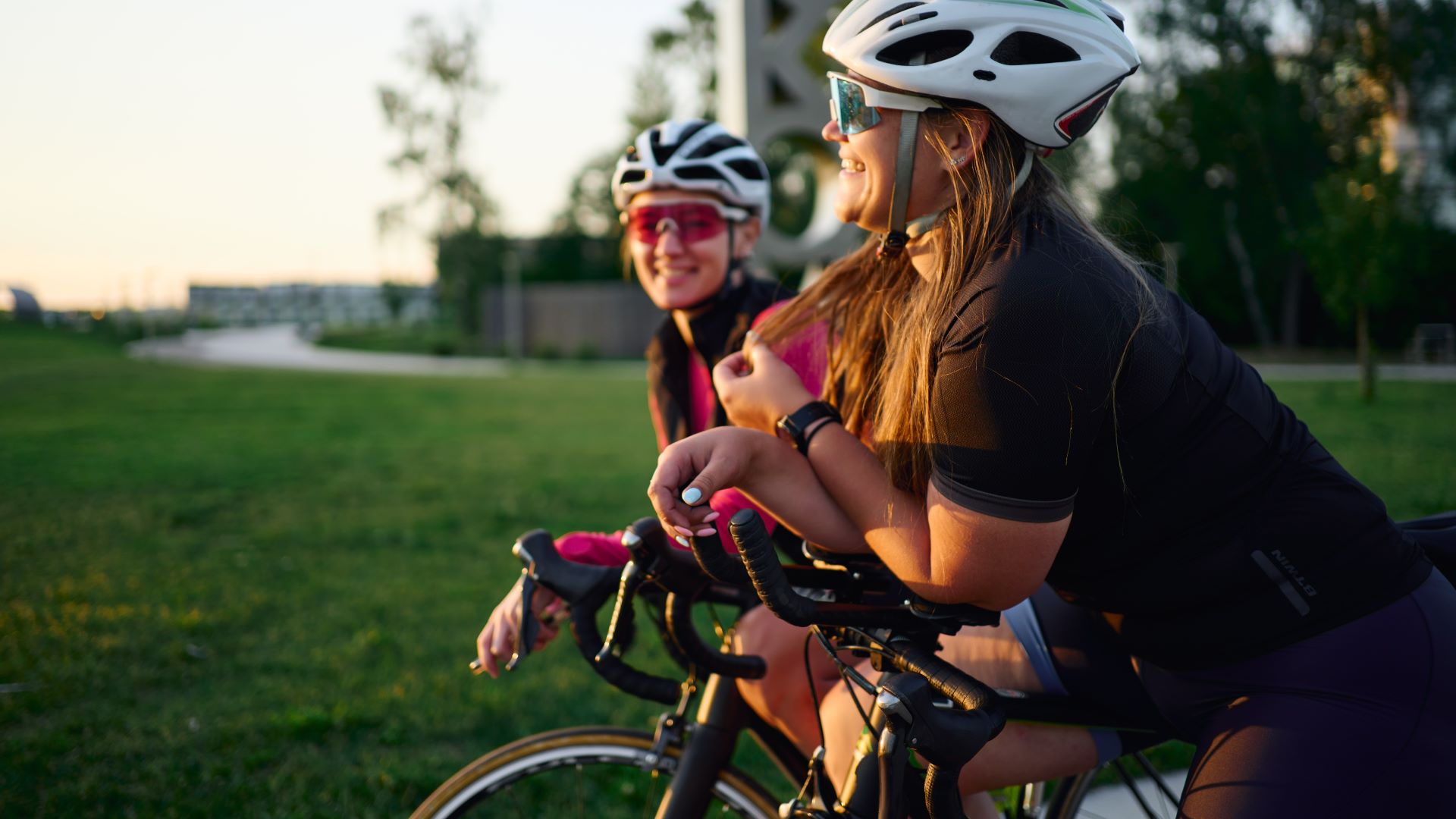
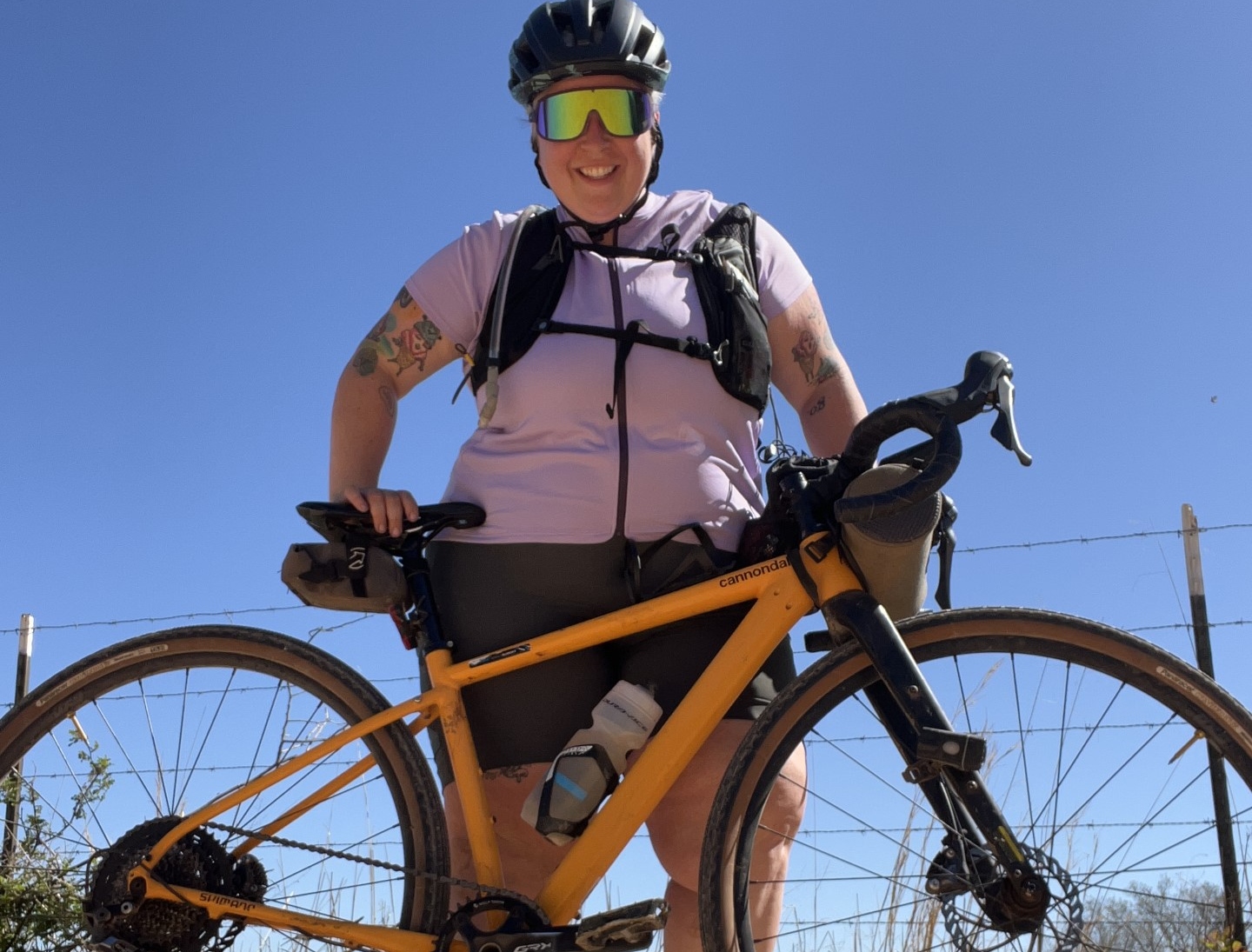
When I started riding seriously in 2015, my non-riding friends just didn’t get it. They didn’t understand why I would head home early on a wild Friday night so I’d feel good for a long ride the next day. They didn’t cheer when I nabbed a Strava Local Legend title, and they definitely didn’t share my love of geeking out over beautiful bikes I’d see out in the world. Riding a bike was either child’s play, or a practical (yet somewhat annoying) mode of transportation.
But as my love for riding deepened over the years, and I started sharing more of my adventures on social media, their indifference turned to curiosity. Eventually, I heard the question every cyclist dreams of: “Could I go for a ride with you sometime?” Now, many miles later, that same friend has become my favourite riding partner.
Turns out, turning a non-cyclist into a riding buddy is possible — and here’s how to do it.
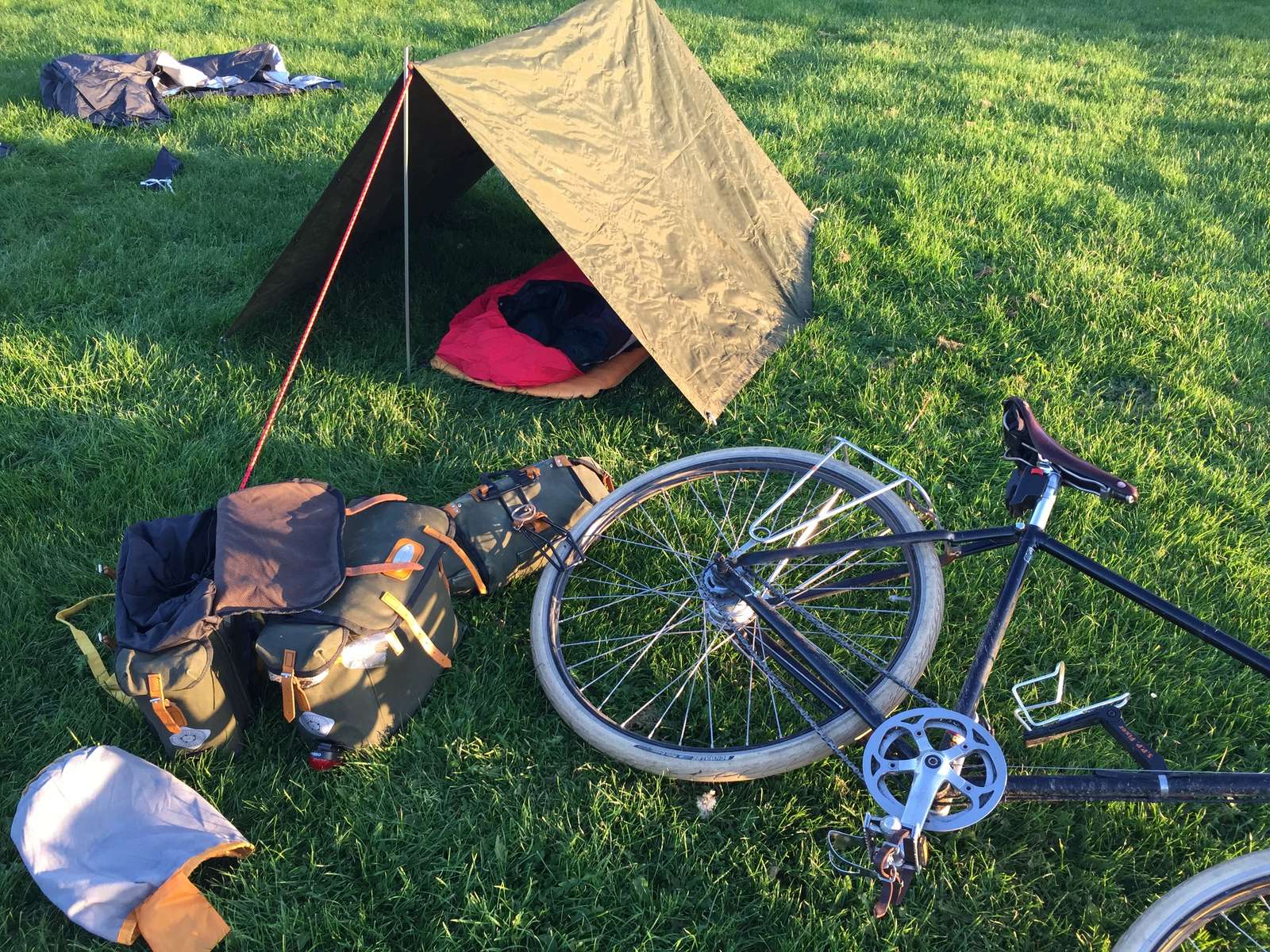
Start with Curiosity, Not Pressure
When my friend initially expressed interest in riding with me, she was especially intrigued by bike camping. The idea of pedalling from her front door, taking a ferry, and riding to a campground held a certain romanticism in her head. And she was determined to make it happen.
However, before we could embark on such an adventure, we had to start at square one. She didn’t own a bike or cycling gear or equipment, and had almost zero biking endurance. She was also on a limited budget.
With these limitations in mind, we chose a beautiful day for our first outing, planning a low-key, one-hour ride that would give her a chance to get comfortable on a bike in a low-pressure environment, and ending with celebratory beverages.
Meet Them Where They’re At
As an avid cyclist, many of the basics that make for a successful ride have become second nature to me, so much so that I’d forgotten how intimidating they can be at first. Things like inflating tyres to the proper pressure, dialling in a comfortable bike fit, or choosing a good route can all feel like major hurdles for a beginner. That’s why it’s so important to meet your new riding buddy where they’re at.
Get The Leadout Newsletter
The latest race content, interviews, features, reviews and expert buying guides, direct to your inbox!
Luckily, we’re close in height, so I was able to loan her a bike and helmet for our first ride. I showed her how to check the tyre pressure and where to find the recommended PSI printed on the sidewalls. We adjusted her helmet strap for a snug fit and talked about little things you don’t think about until someone points them out — like why it’s a good idea to roll up your right pant leg to keep it out of the chain.
Remembering how intimidating my first ride was, I chose a relatively flat, low-traffic route, aiming for a mellow, six-mile ride that would end at a brewery. I’d done this ride dozens of times before, but seeing it through a beginner’s eyes was eye-opening. The railroad crossing and lane narrowings that I had breezed through on my own, now stood out as sources of anxiety. And so, we took our time, letting her set the pace and I gently introduced key basics like how to shift gears effectively, how to signal turns and passes, and what to expect from drivers and other riders.
Our first ride was a total success — my friend felt proud of herself and was excited for our next ride. As we celebrated our small win, we chatted about her riding goals— including that longed-for bike camping trip — and made a plan to get her fully equipped with her own bike, helmet and gear.
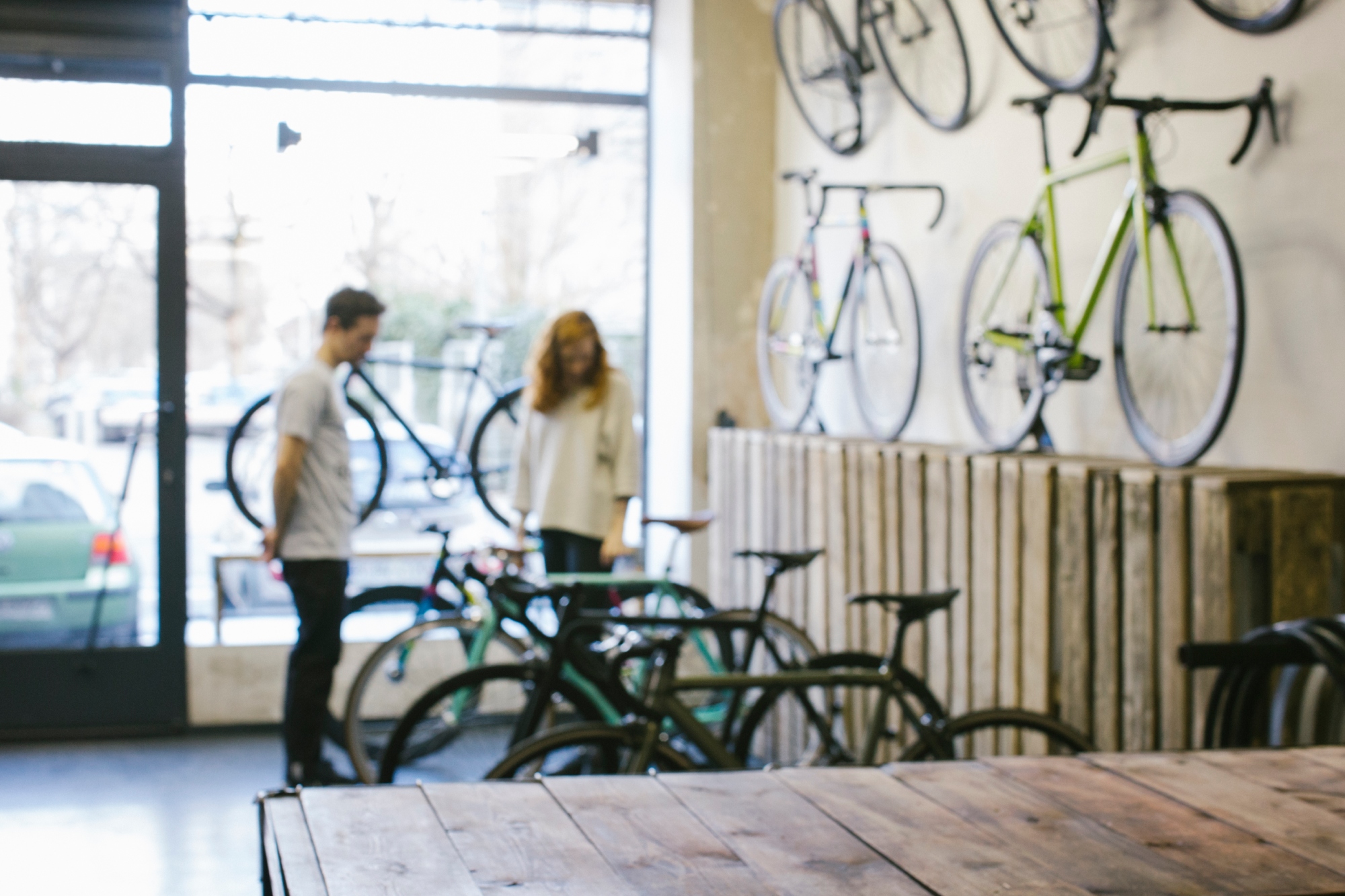
Gear Can Be Intimidating - Help Break Down Those Barriers
Even as an experienced cyclist, I still sometimes feel intimidated walking into a bike shop. For a new rider who’s unfamiliar with the lingo, the endless gear options, or the finer details of bike mechanics, that intimidation factor is even higher. Having a good first experience can make all the difference, and you can help break down some barriers by going to the bike shop with them.
Once you’re at the shop, your friend may feel more comfortable asking questions — especially with you there to help decode the options. You don’t need to be an expert, but sharing your personal experiences can go a long way in helping them understand the basics: the difference between bike types, materials, rim vs. disc brakes, and what might suit their goals and budget.
It’s also a great opportunity to talk through the less flashy but equally important stuff, like helmets, repair kits and pumps. Your first-hand knowledge of what’s actually useful on the road (versus what might just look cool on the shelf) can be incredibly helpful and reassuring for someone who's just starting out.
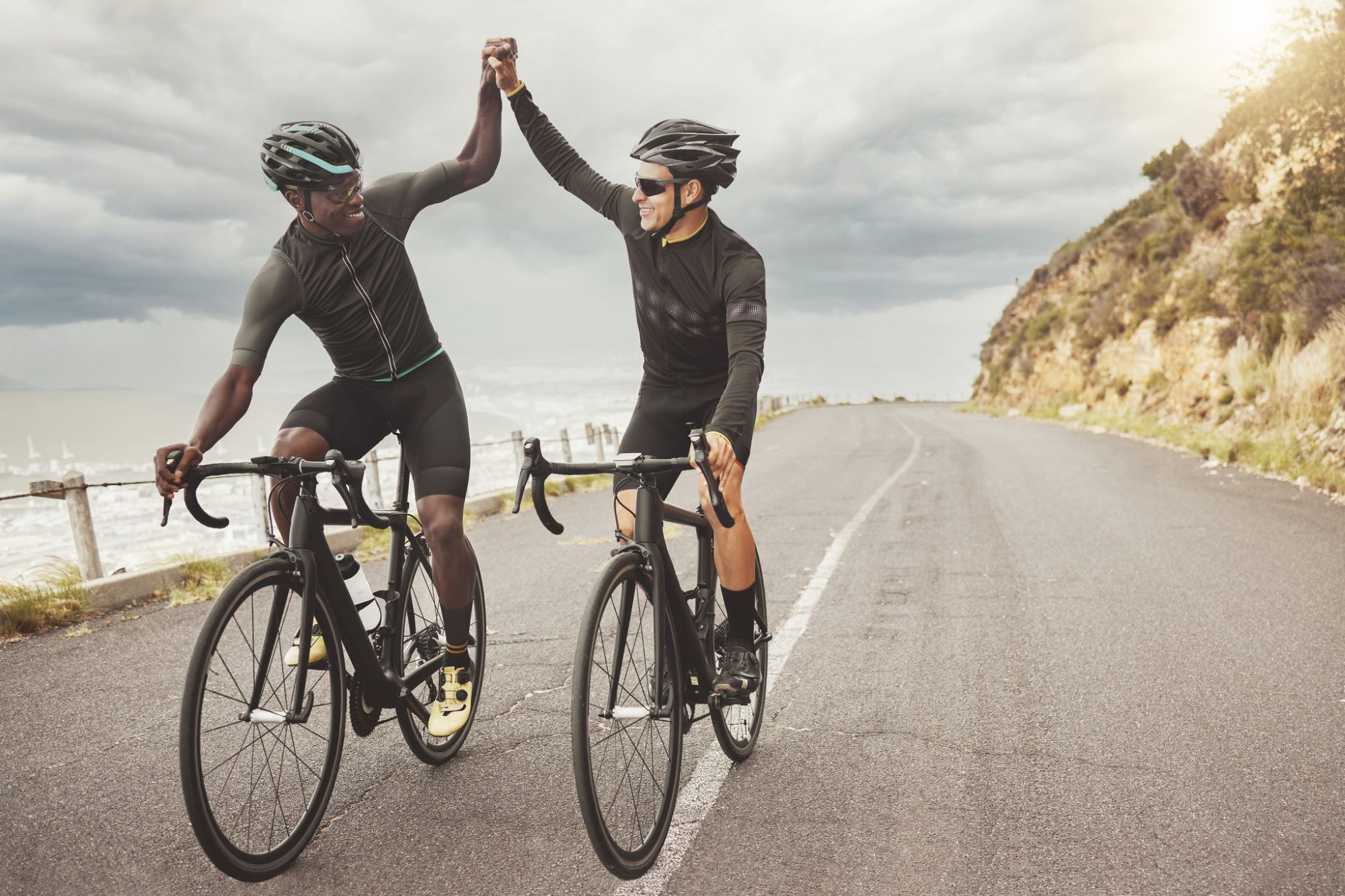
Keep the Vibes High
Regardless of your new riding friend’s specific cycling goals, be sure to emphasise the fun and joy of cycling. Celebrate small wins, such as hitting new mileage targets, inflating their tyres independently or learning how to use a bike computer. While many of these seemingly small tasks will quickly become second nature, they can also be a major source of frustration for newer riders.
Check in with your friend often through the first few rides, ensuring they feel confident about all aspects of riding. As they gain fitness and are open to riding longer and faster (potentially), guide them in using their gears correctly, braking safely (equal pressure on both brakes), and following the rules of the road. Building good habits early is much easier than breaking bad ones later.
As their riding progresses, they will likely encounter a few frustration points. You can help by acknowledging that not every ride will be a great ride, and that’s ok. If you’re working together towards a goal, be flexible and avoid being forceful about it. Let your friend set the pace and frequency of your rides.
The process of turning a non-rider into an avid cyclist looks different for everyone. Practising patience and continually returning to the joy of riding will help build trust with your friend, and hopefully build a life-long riding relationship.
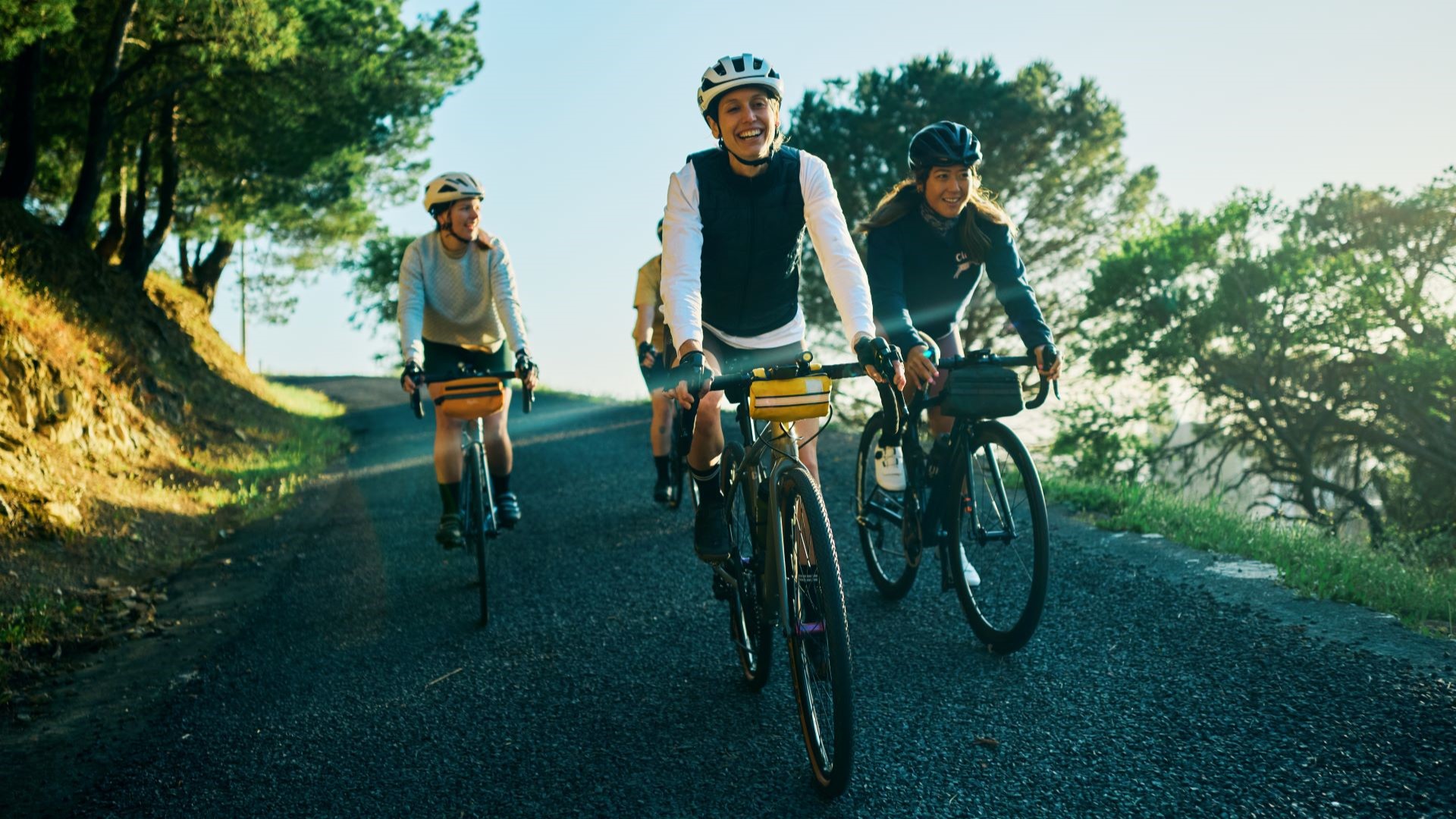
As for my friend, after a few months of riding around the city, we picked a spring weekend for our big bike camping adventure. I helped her load up her bike with panniers and all the camping supplies we needed for our overnight trip. All the practice paid off, and despite a few rain showers, we enjoyed an absolutely lovely bike camping trip together.
Since her initial foray into cycling, my friend’s love of cycling has continued to grow. Her cargo bike has become her primary mode of transportation around town, ideal for her growing family of two small children. And even though I now live across the country, she still sends me texts to thank me for introducing her to cycling and cultivating a love of riding.

Thank you for reading 20 articles this month* Join now for unlimited access
Enjoy your first month for just £1 / $1 / €1
*Read 5 free articles per month without a subscription

Join now for unlimited access
Try first month for just £1 / $1 / €1

Marley Blonsky is a fat adventure cyclist, co-founder of All Bodies on Bikes, co-host of the All Bodies on Bikes podcast, curve model, advocate, and consultant. Marley is fiercely passionate about size inclusion, believing that everyone deserves full access to life - including at work, in sport, and at home.
You must confirm your public display name before commenting
Please logout and then login again, you will then be prompted to enter your display name.
-
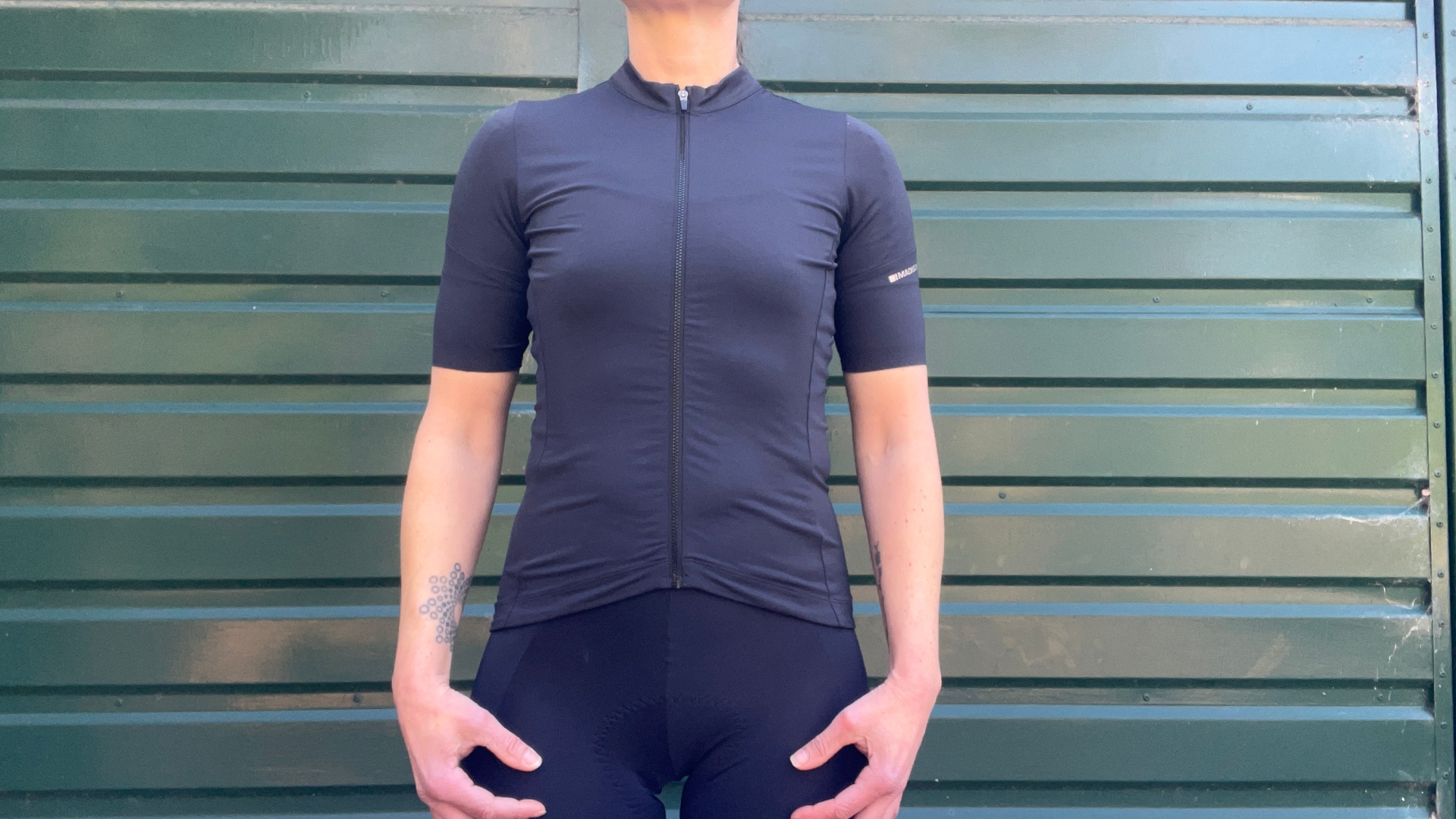 Madison Flux short sleeve jersey review: functional and affordable
Madison Flux short sleeve jersey review: functional and affordableThe road cycling jersey delivers top performance for a budget-conscious cyclist
By Hannah Bussey
-
 I pitched a top-end all-road bike against a top-end gravel bike, here's what I found
I pitched a top-end all-road bike against a top-end gravel bike, here's what I foundMulti-surface machines go head-to-head-to-head and categories clash as Tim Russon rolls up for the ultimate do-it-all bike showdown
By Tim Russon
-
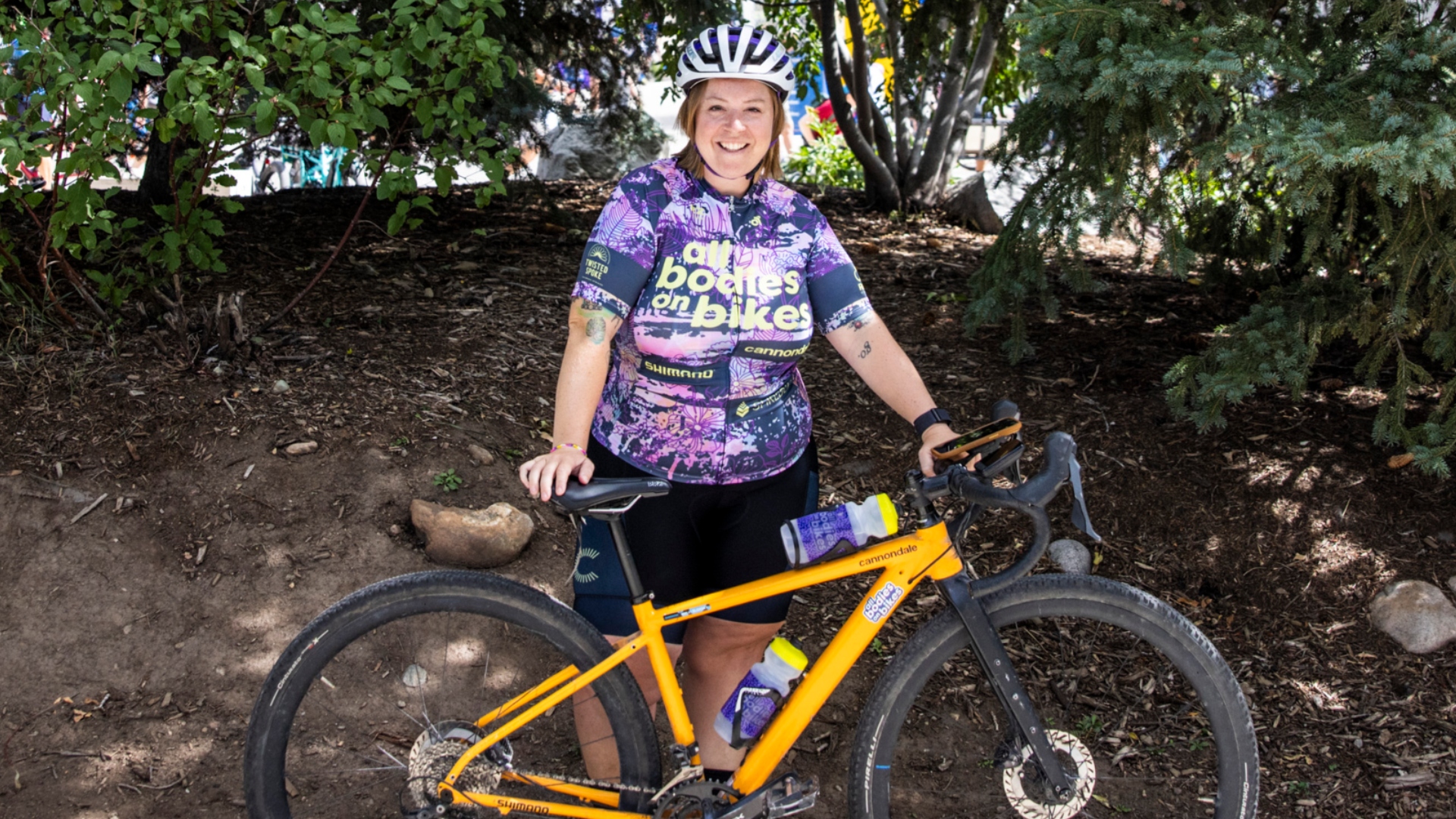 I’m a bike influencer - here’s how I earn a living
I’m a bike influencer - here’s how I earn a livingAs an influencer, I’m not paid for race results or performance; my value instead comes from the communities I’m building.
By Marley Blonsky
-
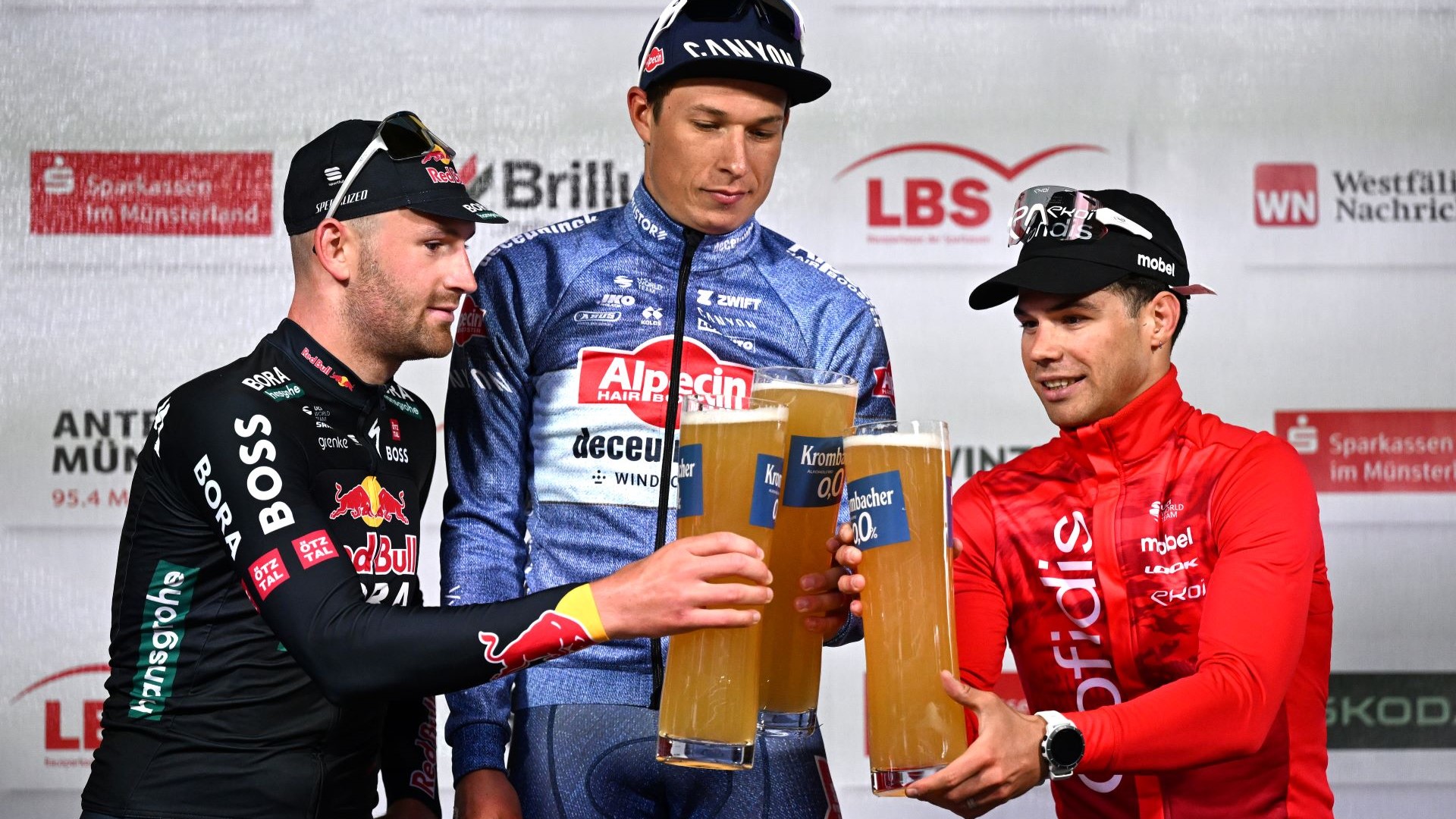 I don’t drink alcohol - Is there room for non-drinkers in cycling culture?
I don’t drink alcohol - Is there room for non-drinkers in cycling culture?Rethinking cycling’s drinking culture to focus on connection, inclusivity and post-ride joy for everyone
By Marley Blonsky
-
 The benefits and freedoms of riding slow: what slower cycling can offer the mind and body
The benefits and freedoms of riding slow: what slower cycling can offer the mind and bodyHow slow rides build strength, endurance and a deeper connection to your ride
By Marley Blonsky
-
 The first time I was overtaken by an e-bike I was jealous and frustrated, now I recognise they belong, even in racing
The first time I was overtaken by an e-bike I was jealous and frustrated, now I recognise they belong, even in racingE-bikes aren’t cheating; they are the future of cycling, says Marley Blonsky
By Marley Blonsky
-
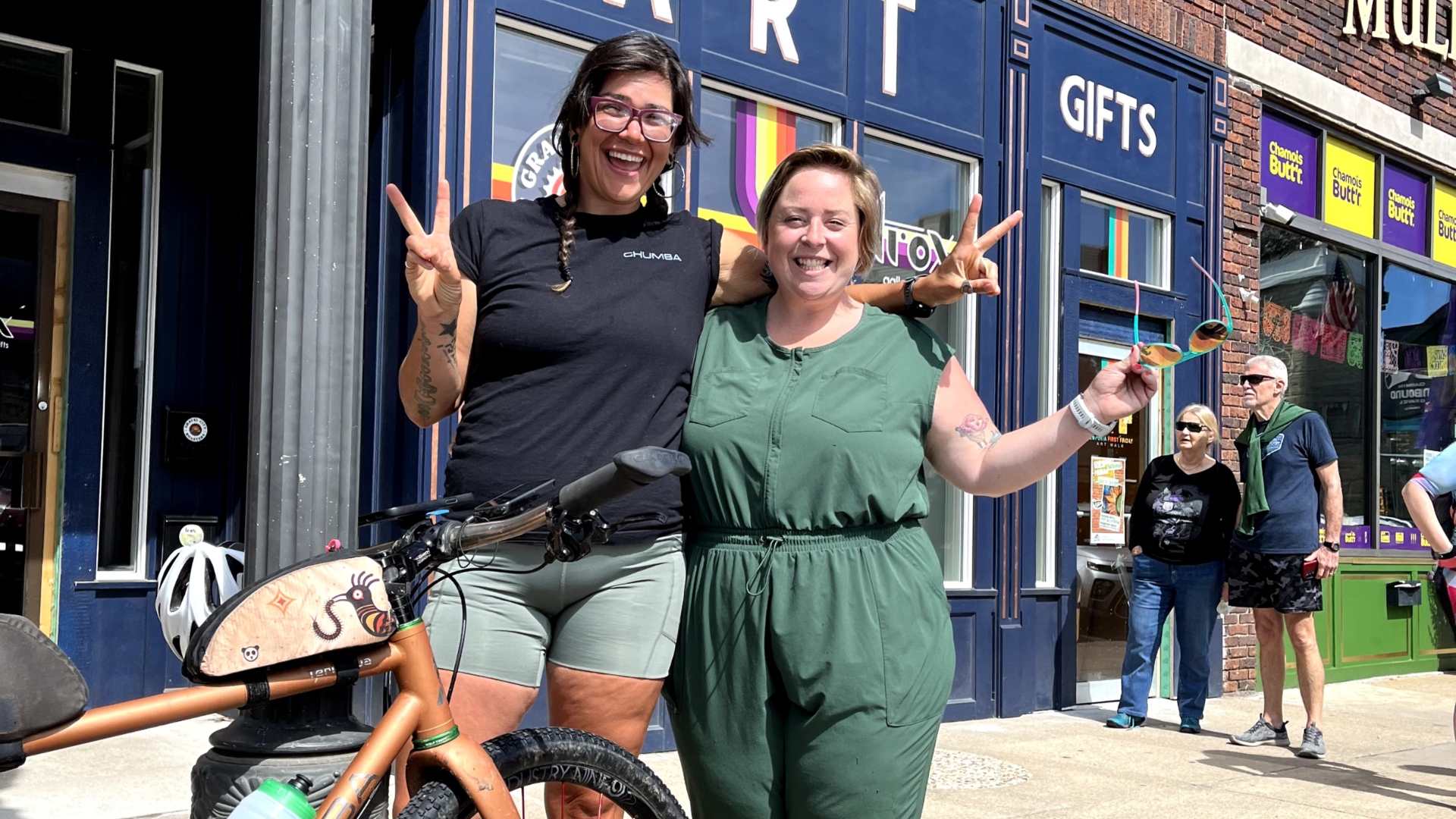 Not all cycling heroes wear yellow jerseys: meet my trailblazing cycling icons
Not all cycling heroes wear yellow jerseys: meet my trailblazing cycling iconsFar away from the WorldTour, these riders are reshaping the world of cycling through advocacy, inclusion and community.
By Marley Blonsky
-
 More pro cyclists are speaking about their mental health, and that’s a good thing
More pro cyclists are speaking about their mental health, and that’s a good thingIneos’ Leo Hayter opening up about his struggles last week was just the latest example of a new positive wave
By Adam Becket
-
 Cycling has a weight problem: a call for the industry to be more transparent about its weight limits
Cycling has a weight problem: a call for the industry to be more transparent about its weight limitsThe weight problem I’m referring to lies in cycling equipment itself —specifically, the low weight limits and the lack of accessible information on the weight capacity of products.
By Marley Blonsky
-
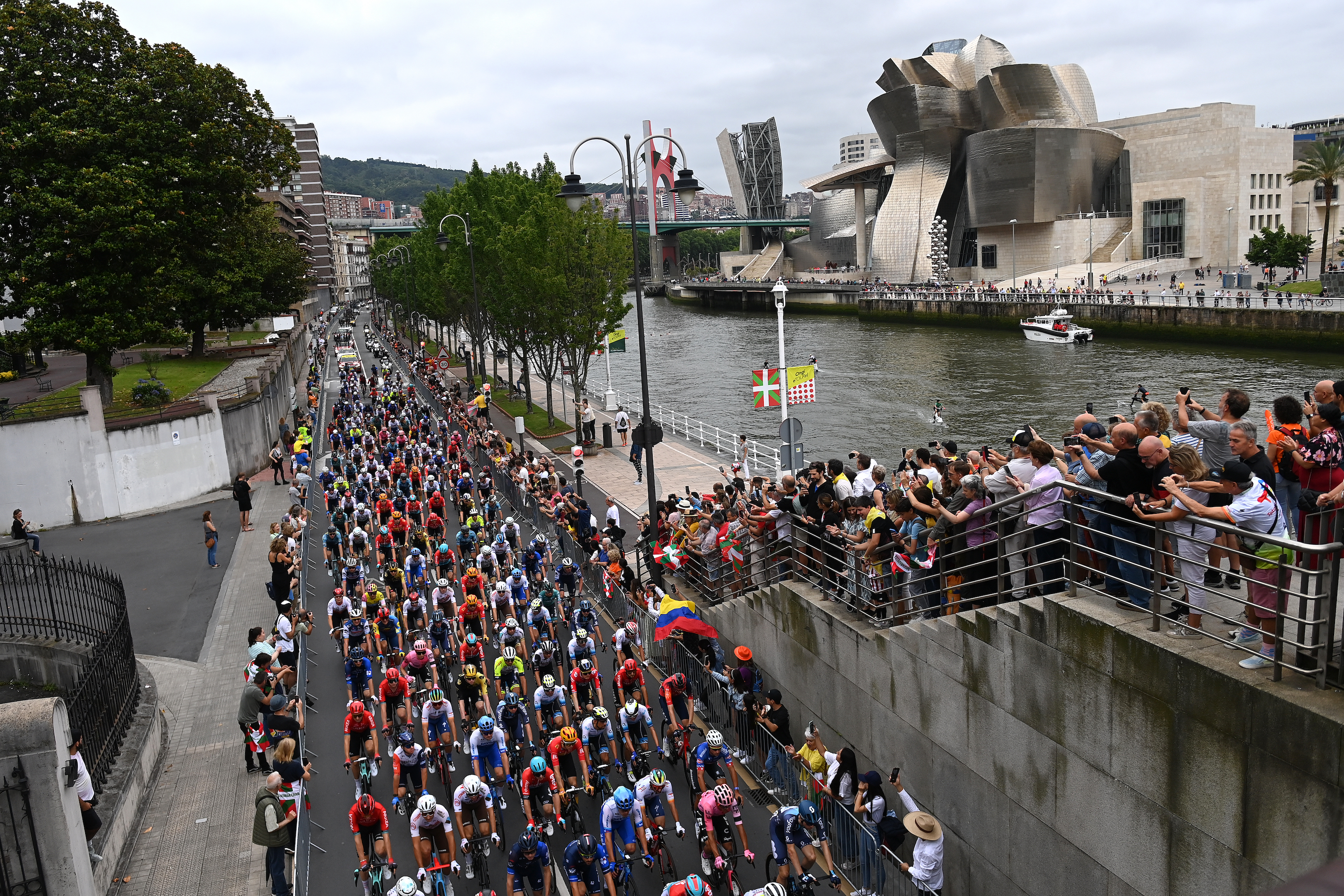 Foreign Grands Départs for the Tour de France might be fun, but we should put a cap on them
Foreign Grands Départs for the Tour de France might be fun, but we should put a cap on themBarcelona 2026 will be the Tour’s fourth foreign start in five years. Is it time to think about the environment before profit?
By Adam Becket